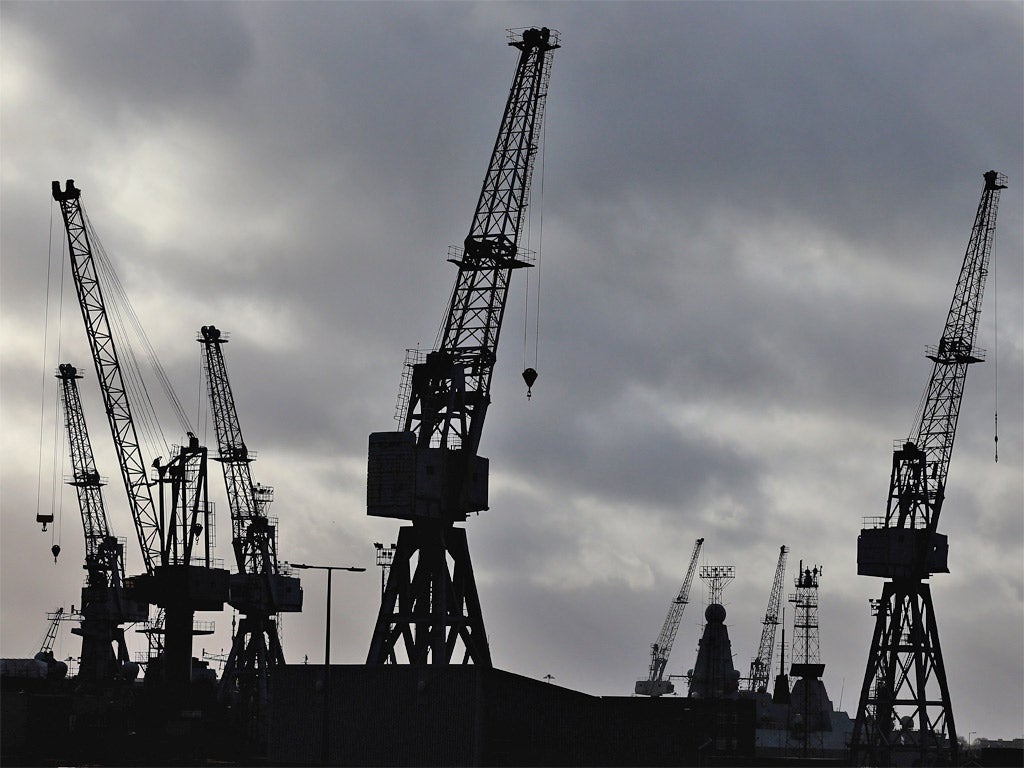Ian Burrell on Portsmouth hometown: Scuttling of 800-year-old institution is shameful
Most locals knew someone who worked there. Ian Burrell recalls growing up close to the dockyard

I can remember it now, the moment of “out muster”, when the sound of the dockyard siren went up to signal the end of the day and a mass of men swarmed through the Unicorn Gate, all pedalling like fury.
The bicycles filled the entire street in a vast peloton the likes of which the Tour de France will never see. Other traffic users and onlookers – such as Seventies schoolboys like me, transfixed on the upper deck of the bus – stopped everything to witness the spectacle. The news that Portsmouth Dockyard will no longer build warships is hard to comprehend for anyone with an association to the city. Such has been its importance that almost everyone in Pompey knows someone who worked in the yard.
It has been there since Richard Coeur de Lion ordered the first “doc” in 1194. Warships have been launched into the great natural harbour since at least 1497. In 1509, the yard built the Mary Rose. That vessel survives there today. But six months after opening a state-of-the-art building to house the Tudor warship, we have this news.
Portsmouth Dockyard feels increasingly like a museum attraction, albeit a magnificent one that showcases great ships such as HMS Victory and the ironclad HMS Warrior. The Ministry of Defence soothed yesterday that Portsmouth would “retain its proud maritime heritage”. But without shipbuilding it won’t be the same.
This was where Samuel Bentham, the brother of the philosopher Jeremy, and Marc Brunel, the father of Isambard Kingdom Brunel, built the Great Basin and devised the block mills for rigging which pioneered the use of mass-production techniques in British manufacturing. Among their contemporaries was Portsmouth Dockyard clerk John Dickens, the father of the novelist Charles. Together they helped to build the navy which held off Napoleon.
The 500 years of making warships have come at human cost – not least in 1825, when the 110-gun Princess Charlotte went down the slip before vast crowds and royal guests. Tragedy struck when the dock gates burst and a huge wave swept scores of spectators to their deaths.
From the seaside railings by Southsea Common I watched the Invincible and Hermes lead the Task Force towards the Falklands in 1982 and I’m looking forward to seeing the two new aircraft carriers – the Queen Elizabeth and the Prince of Wales – moored in Portsmouth when they’re built.
David Cameron has inflicted more damage on an 800-year-old British institution than “Jack the Painter”, who tried to burn the place down in 1776. Jack the Painter was hung 64 feet from the mizzenmast of the Arethusa, erected at the dockyard gates.
*
Join our commenting forum
Join thought-provoking conversations, follow other Independent readers and see their replies
Comments